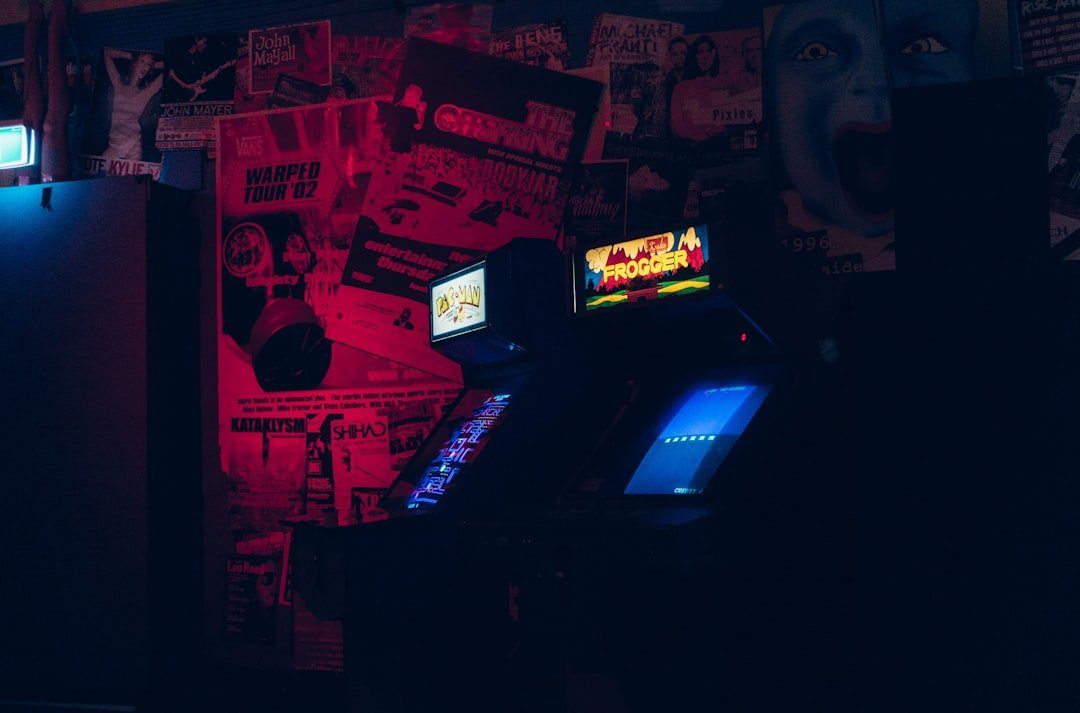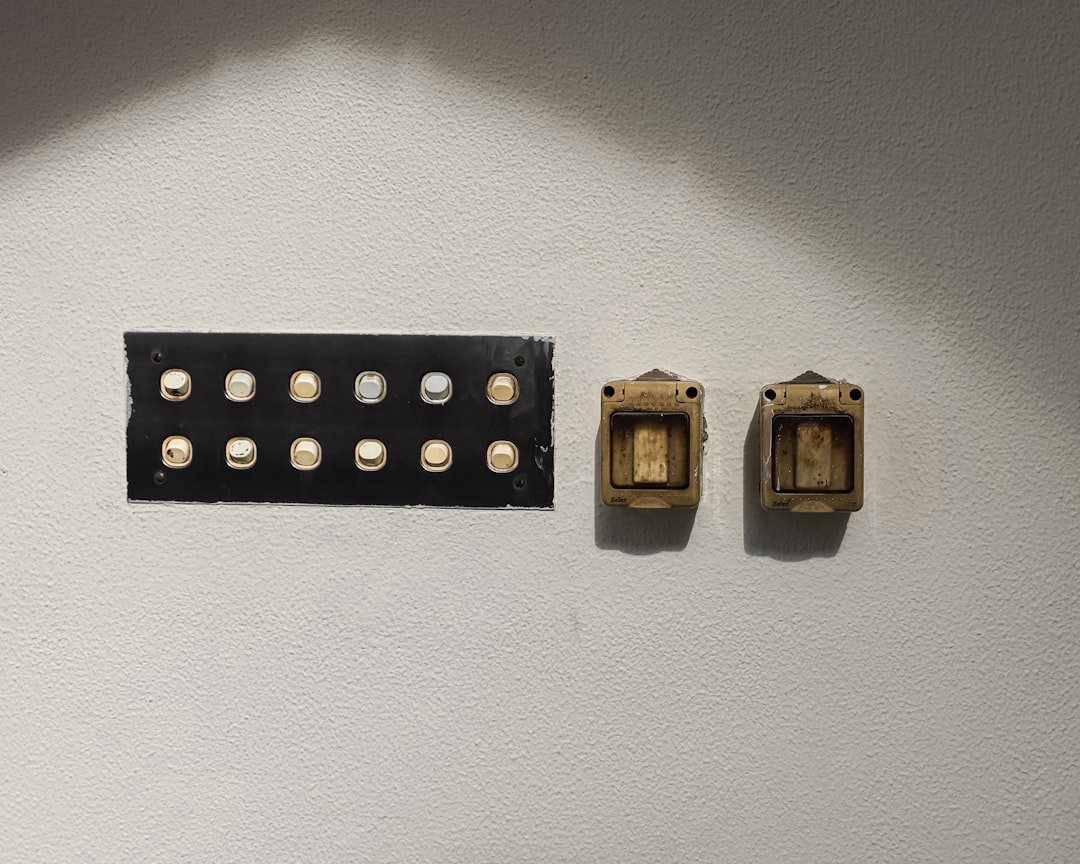Now Reading: The Allure of Low-Poly Nostalgia: Why Gamers Are Obsessed
-
01
The Allure of Low-Poly Nostalgia: Why Gamers Are Obsessed
The Allure of Low-Poly Nostalgia: Why Gamers Are Obsessed

As I reflect on the evolution of video game graphics, I can’t help but notice the resurgence of low-poly aesthetics in recent years. Once considered a relic of the past, low-poly graphics have made a remarkable comeback, captivating both developers and players alike. This revival can be traced back to a growing appreciation for simplicity and creativity in design.
In an era dominated by hyper-realistic graphics, the charm of low-poly visuals offers a refreshing alternative that emphasizes artistic expression over technical prowess. The rise of low-poly graphics can also be attributed to the indie game development scene, where smaller teams often lack the resources to create high-fidelity visuals. Instead, they embrace the low-poly style as a means to convey their unique visions without the constraints of high-end technology.
This shift has led to a flourishing community of developers who celebrate the aesthetic, creating games that are not only visually appealing but also rich in gameplay and storytelling. As I explore these titles, I find myself drawn to their distinctive art styles, which often evoke a sense of nostalgia while pushing the boundaries of creativity.
Key Takeaways
- Low-poly graphics have seen a resurgence in modern gaming, offering a unique visual style that harkens back to the early days of 3D gaming.
- Nostalgia plays a significant role in the appeal of low-poly aesthetics, evoking memories of classic games and creating a sense of familiarity for players.
- Retro gaming has had a profound influence on modern titles, with many developers drawing inspiration from low-poly art styles and gameplay mechanics.
- The low-poly art style provides a distinctive visual experience, often emphasizing minimalist design and vibrant colors to create a striking aesthetic.
- Indie game development has embraced low-poly graphics, allowing smaller studios to create visually compelling games with limited resources and a focus on artistry.
Nostalgia and the Appeal of Low-Poly Aesthetics
Nostalgia plays a significant role in my appreciation for low-poly graphics. Growing up in the 90s, I spent countless hours immersed in games that featured blocky characters and simplistic environments. The low-poly aesthetic evokes fond memories of my childhood, reminding me of a time when gaming was more about imagination than realism.
This emotional connection is powerful; it transports me back to simpler days when I first discovered the joy of gaming. The appeal of low-poly aesthetics lies not only in their nostalgic value but also in their ability to spark creativity. The simplicity of these graphics allows my imagination to fill in the gaps, creating a more personal experience.
I find that low-poly games often encourage me to engage with the world in a different way, inviting me to explore and interpret the environment without the distractions of hyper-realistic details. This unique approach fosters a sense of wonder and curiosity that is sometimes lost in modern gaming.
The Influence of Retro Gaming on Modern Titles

As I delve deeper into the world of gaming, I can’t ignore the profound influence that retro gaming has had on contemporary titles. Many modern games draw inspiration from the mechanics and aesthetics of classic titles, incorporating low-poly graphics as a nod to their predecessors. This blending of old and new creates a unique gaming experience that resonates with both seasoned players and newcomers alike.
I often find myself captivated by how developers pay homage to retro gaming while infusing their creations with fresh ideas. The low-poly style serves as a bridge between generations, allowing me to appreciate the roots of gaming while enjoying innovative gameplay mechanics. This fusion not only enhances my gaming experience but also fosters a sense of community among players who share a love for both classic and modern titles.
Low-Poly Art Style: A Unique Visual Experience
The low-poly art style offers a unique visual experience that sets it apart from other graphic styles. As I navigate through these games, I am struck by how the simplicity of low-poly models can convey emotion and atmosphere in ways that more complex graphics sometimes fail to achieve. The deliberate use of geometric shapes and limited textures creates an abstract quality that invites interpretation and imagination.
In many cases, the low-poly aesthetic allows for greater focus on gameplay mechanics and storytelling. I find that when developers prioritize artistic expression over photorealism, they create immersive worlds that encourage exploration and engagement. The charm of low-poly graphics lies in their ability to evoke emotions through minimalism, allowing me to connect with the game on a deeper level.
The Role of Low-Poly Graphics in Indie Game Development
Indie game development has become a thriving sector within the gaming industry, and low-poly graphics play a crucial role in this movement. As an indie developer myself, I understand the challenges of creating a game with limited resources. Low-poly art provides an accessible entry point for aspiring creators like me, enabling us to focus on gameplay and narrative without being bogged down by technical limitations.
The indie scene has embraced low-poly aesthetics as a means of self-expression, allowing developers to showcase their creativity without the constraints imposed by high-end graphics engines. This freedom has led to an explosion of innovative titles that prioritize unique gameplay experiences over visual fidelity. As I explore these indie gems, I am continually inspired by the diverse range of stories and mechanics that emerge from this artistic approach.
Low-Poly Nostalgia: A Bridge Between Generations of Gamers

Low-poly nostalgia serves as a bridge between generations of gamers, connecting those who grew up with classic titles to younger players discovering these games for the first time. As I engage with both communities, I am struck by how low-poly graphics can evoke shared memories and experiences across age groups. This common ground fosters conversations about gaming history and encourages collaboration between players who may have otherwise never crossed paths.
The appeal of low-poly aesthetics transcends age, allowing me to bond with fellow gamers over our shared love for simplicity and creativity. Whether it’s reminiscing about childhood favorites or introducing younger players to classic titles, low-poly graphics create an inclusive environment where everyone can appreciate the artistry behind these games. This sense of community enriches my gaming experience and reinforces the idea that gaming is not just about technology but also about connection and shared experiences.
Exploring the Emotional Connection to Low-Poly Games
The emotional connection I feel towards low-poly games is profound and multifaceted. These titles often evoke feelings of nostalgia, joy, and even melancholy as they transport me back to my formative years as a gamer. The simplicity of low-poly graphics allows me to engage with the narrative on a deeper level, as I find myself more invested in the characters and their journeys.
Moreover, low-poly games often prioritize storytelling over visual complexity, allowing me to connect with the narrative in meaningful ways. As I navigate through these worlds, I am reminded that it is not always about how realistic a game looks but rather how it makes me feel. The emotional resonance of low-poly games lingers long after I’ve put down the controller, leaving me with lasting impressions that shape my understanding of what makes a game truly memorable.
The Impact of Low-Poly Graphics on Immersion and Atmosphere
Low-poly graphics have a unique ability to create immersive atmospheres that draw me into their worlds. The stylized nature of these visuals allows for greater focus on environmental storytelling, encouraging me to explore every nook and cranny in search of hidden secrets and lore. As I traverse these landscapes, I often find myself captivated by the way low-poly art can evoke mood and emotion through color palettes and lighting.
In many cases, the simplicity of low-poly graphics enhances immersion by allowing my imagination to fill in the details. Instead of being overwhelmed by hyper-realistic visuals, I can engage with the game on a more personal level, interpreting the environment through my own lens. This sense of agency fosters a deeper connection to the game world, making each experience feel unique and tailored to my perspective.
Low-Poly Remasters and Remakes: Reviving Classic Titles
The trend of remastering and remaking classic titles has gained momentum in recent years, and many developers have chosen to embrace low-poly aesthetics as part of this revival. As someone who cherishes gaming history, I appreciate how these remasters pay homage to their roots while introducing new audiences to beloved franchises. The decision to retain or even enhance low-poly graphics allows me to experience these classics in a fresh light while still feeling connected to their original charm.
These remakes often strike a delicate balance between nostalgia and innovation, allowing me to relive cherished memories while enjoying updated gameplay mechanics and features. The low-poly aesthetic serves as a reminder of where gaming began while simultaneously paving the way for new experiences that resonate with modern audiences. As I dive into these remastered titles, I am reminded that great gameplay transcends graphical fidelity.
Community and Cult Following: The Allure of Low-Poly Games
The allure of low-poly games extends beyond their visual appeal; it encompasses the vibrant communities that form around them. As I engage with fellow fans online or at gaming conventions, I am struck by the passion and enthusiasm that surrounds these titles. The cult following that many low-poly games have garnered speaks volumes about their impact on players’ lives and their ability to foster connections among diverse groups.
These communities often celebrate creativity through fan art, mods, and discussions about game design principles. As someone who enjoys contributing to this dialogue, I find it inspiring to see how players come together to share their love for low-poly aesthetics. This sense of belonging enriches my gaming experience and reinforces the idea that gaming is not just an individual pursuit but also a collective celebration of creativity and imagination.
The Future of Low-Poly Nostalgia in Gaming
As I look ahead to the future of gaming, I am excited about the potential for low-poly nostalgia to continue shaping the industry. With an increasing number of developers embracing this aesthetic, I believe we will see even more innovative titles that prioritize artistic expression over technical limitations. The rise of virtual reality and augmented reality also presents new opportunities for low-poly graphics to shine in immersive environments.
Moreover, as gaming becomes more accessible through platforms like mobile devices and cloud gaming services, I anticipate that low-poly aesthetics will resonate with an even broader audience. This democratization of gaming will allow more creators to experiment with low-poly art styles, leading to an explosion of diverse narratives and gameplay experiences that celebrate simplicity and creativity. In conclusion, my journey through the world of low-poly graphics has been one filled with nostalgia, creativity, and connection.
As I continue to explore this unique aesthetic, I am reminded that gaming is not just about cutting-edge technology but also about storytelling, community, and shared experiences across generations. The future looks bright for low-poly nostalgia in gaming, and I eagerly await what lies ahead as developers continue to push boundaries while honoring the past.
Gamers are not only obsessed with “low-poly nostalgia,” but they also have a keen interest in collecting video game memorabilia and collectibles. In a related article on gamers.co, enthusiasts can explore the world of gaming merchandise and discover unique items to add to their collections. From action figures to limited edition game releases, there is a wide range of collectibles available for gamers to showcase their passion for the industry.



























